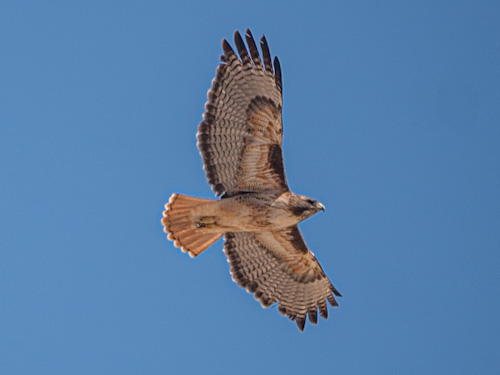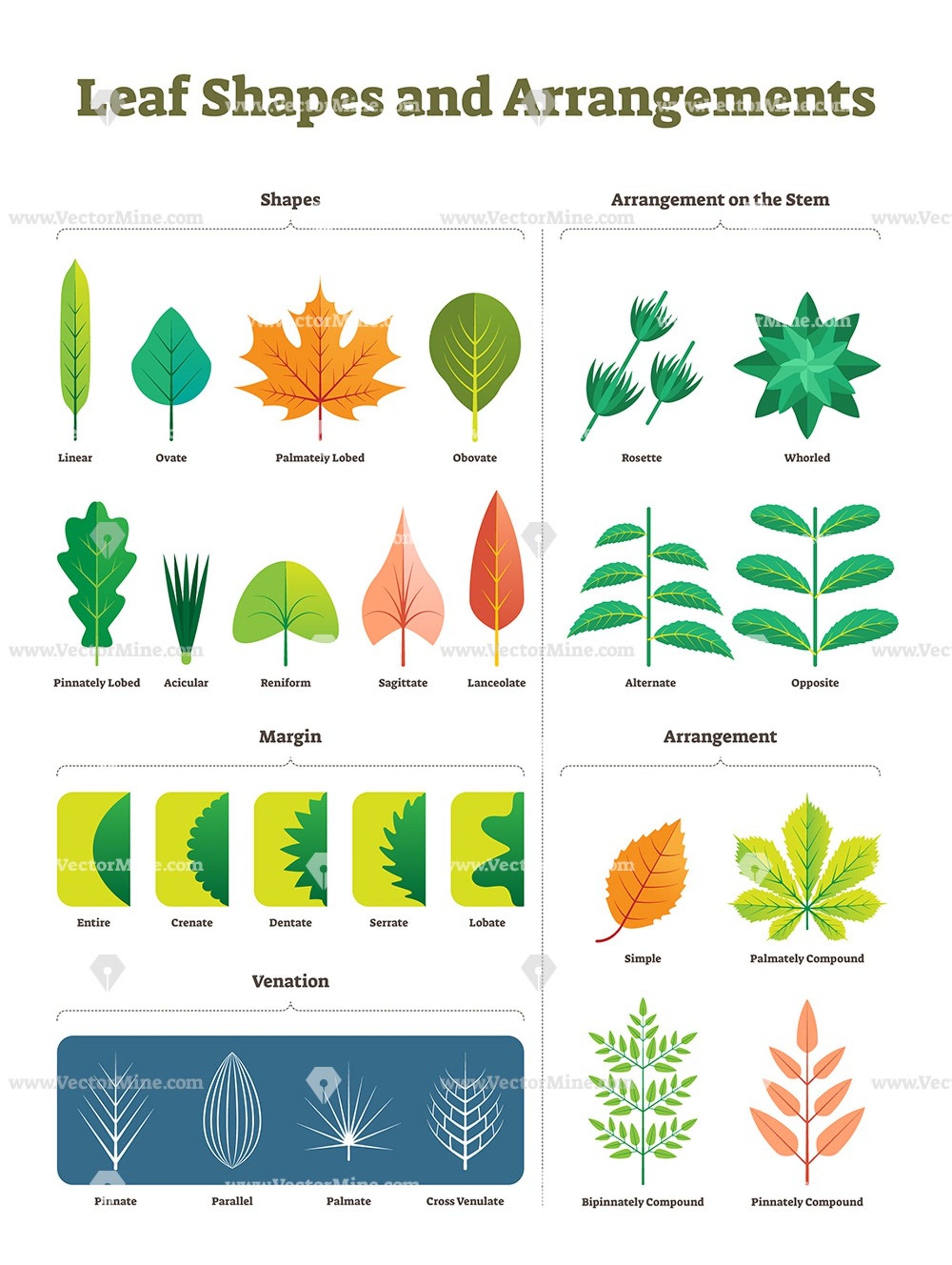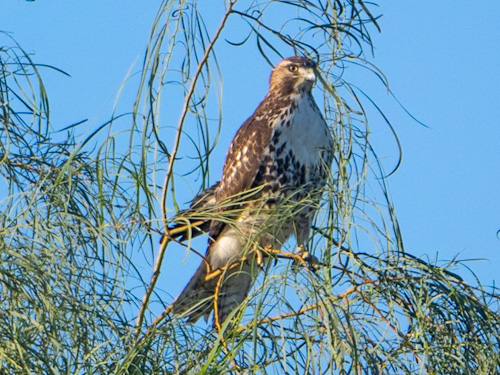
Adult Red-tailed Hawk
The adult Western Red-tailed hawk dark morphs are typically all chocolate brown above and below although sometimes variously even jet black or with a bit of tawny feather edging below) with a rufous tail, which sometimes has heavy blackish crossbars but is usually similar to other red tails. Intermediate or rufous morphs are rich rufous on the breast, with a broad, solid chocolate-brown belly band and heavily barred thighs and crissum. Like dark morphs, rufous morph adults usually lack the incomplete V on the back, but sometimes rufous feathers can manifest on one. Adults may show nearly endless variation in coloring and many may combine several characteristics of the three main morphs.
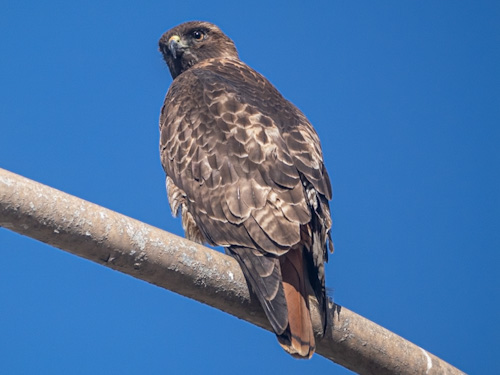
Adult Red-tailed Hawk
This hawk was seen in Ventura, California. The signature feature of an adult red-tailed hawk is the red tail. Adults feature red feathers on their tails, while juveniles’ tails are a darker brown. Younger birds don’t show the reddish tail feathers until they are at least a year old. Until then, their tail feathers are brown with narrow, darker bars.
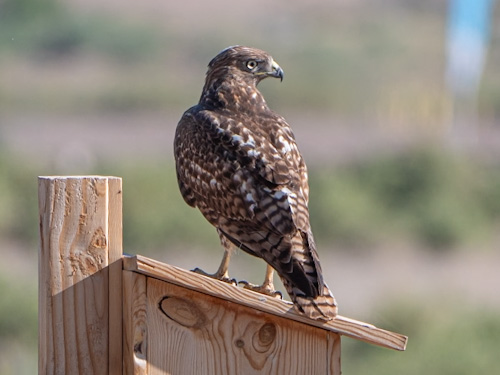
Juvenile Red-tailed Hawk
Dark morph juveniles are usually mostly dark brown but with extensive pale mottling on the back and occasional tawny-edge feathers on the underside and slightly broader bars on the tail than pale morph B. j. calurus. Rufous morph immatures are more similar to pale morph ones but are considerably more heavily streaked almost everywhere below from the thighs to the upper chest. Note the yellow eye of a juvenile and the brown tail with narrow bars.
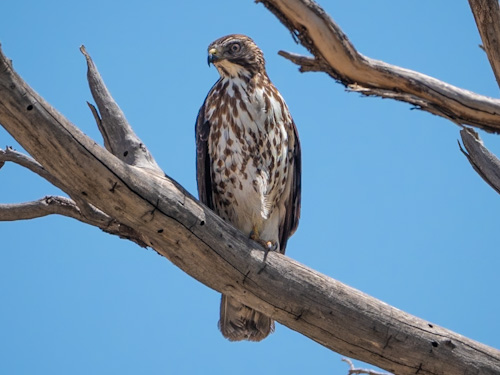
Juvenile Red-tailed Hawk
A juvenile seen een from the front, with heavy streaking.
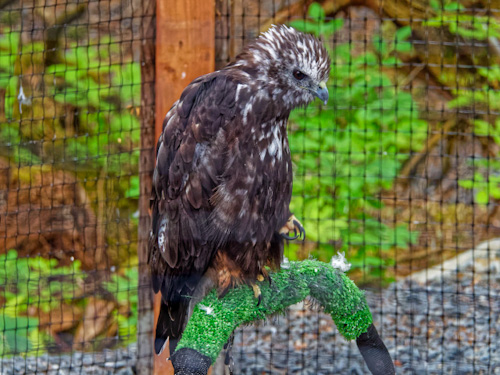
Juvenile Red-tailed Hawk (Buteo jamaicensis alascensis)
This juvenile Red-tailed Hawk is from Alaska. Immatures of this race are usually blackish brown overall with a white throat and wide tail bands. While the alaska and western red-tail hawk are not easy to tell apart, the main identifier is that the alaska subspecies is a smaller bird.
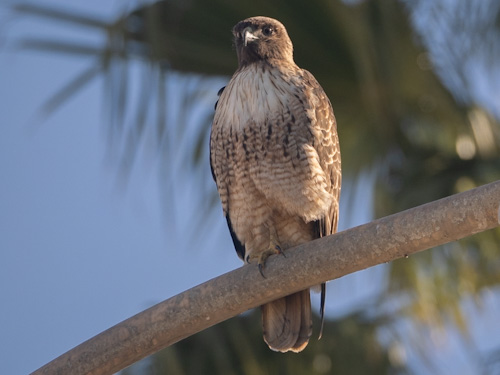
Adult Red-tailed Hawk
This is the front view of the Ventura, California Adult Intermediate Morph.
